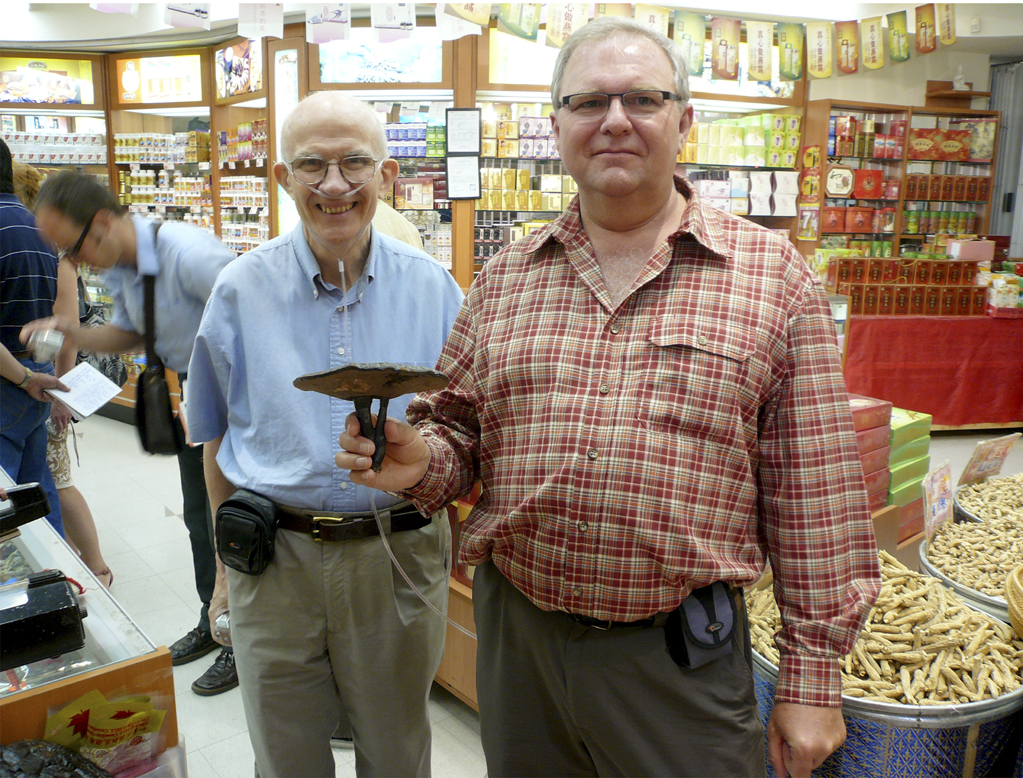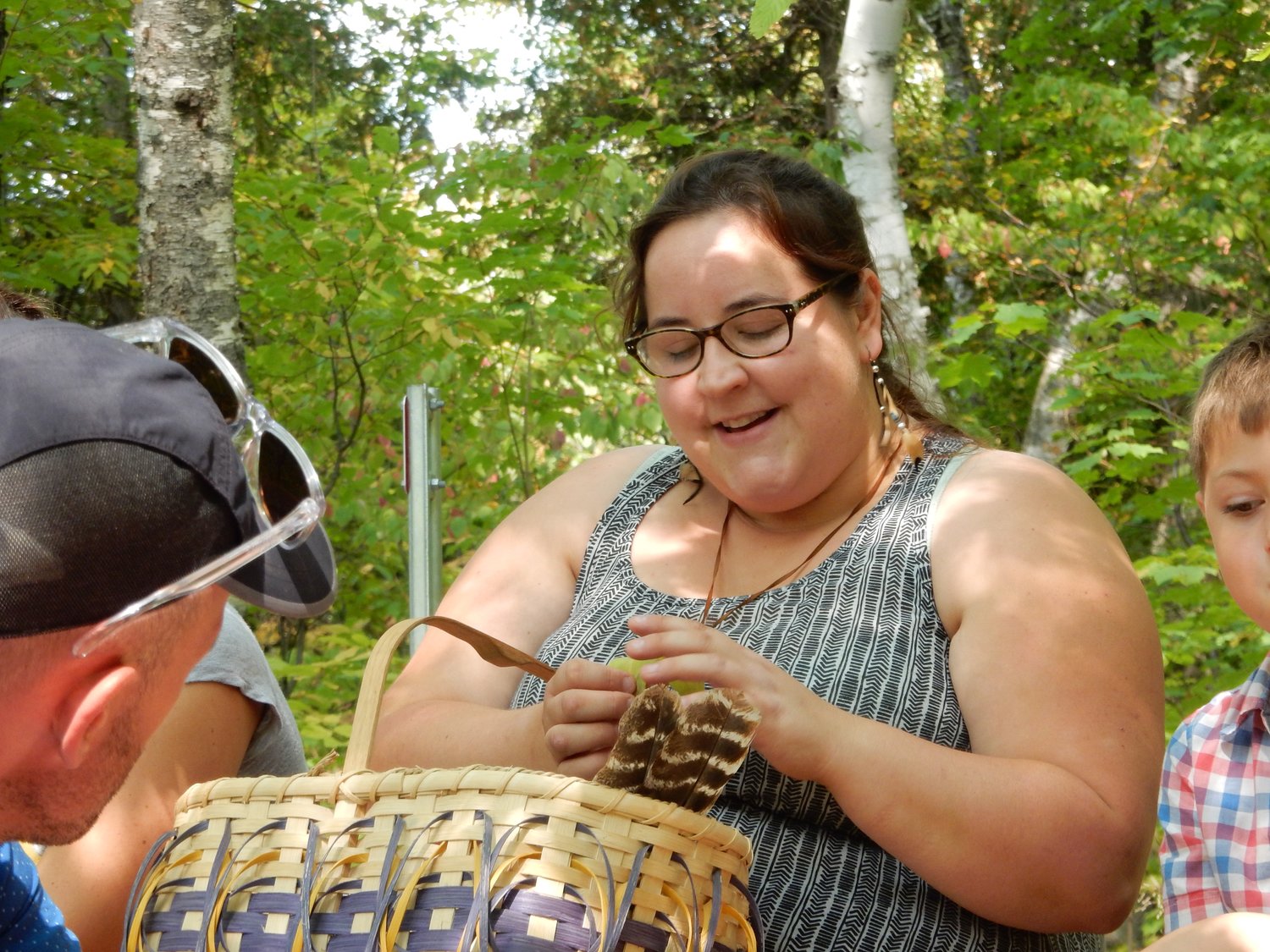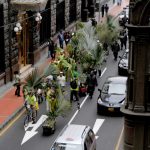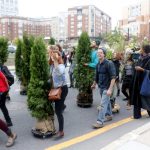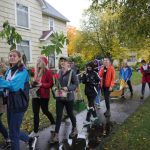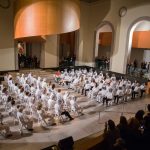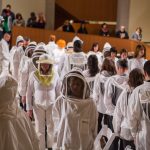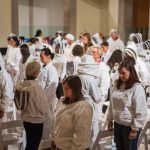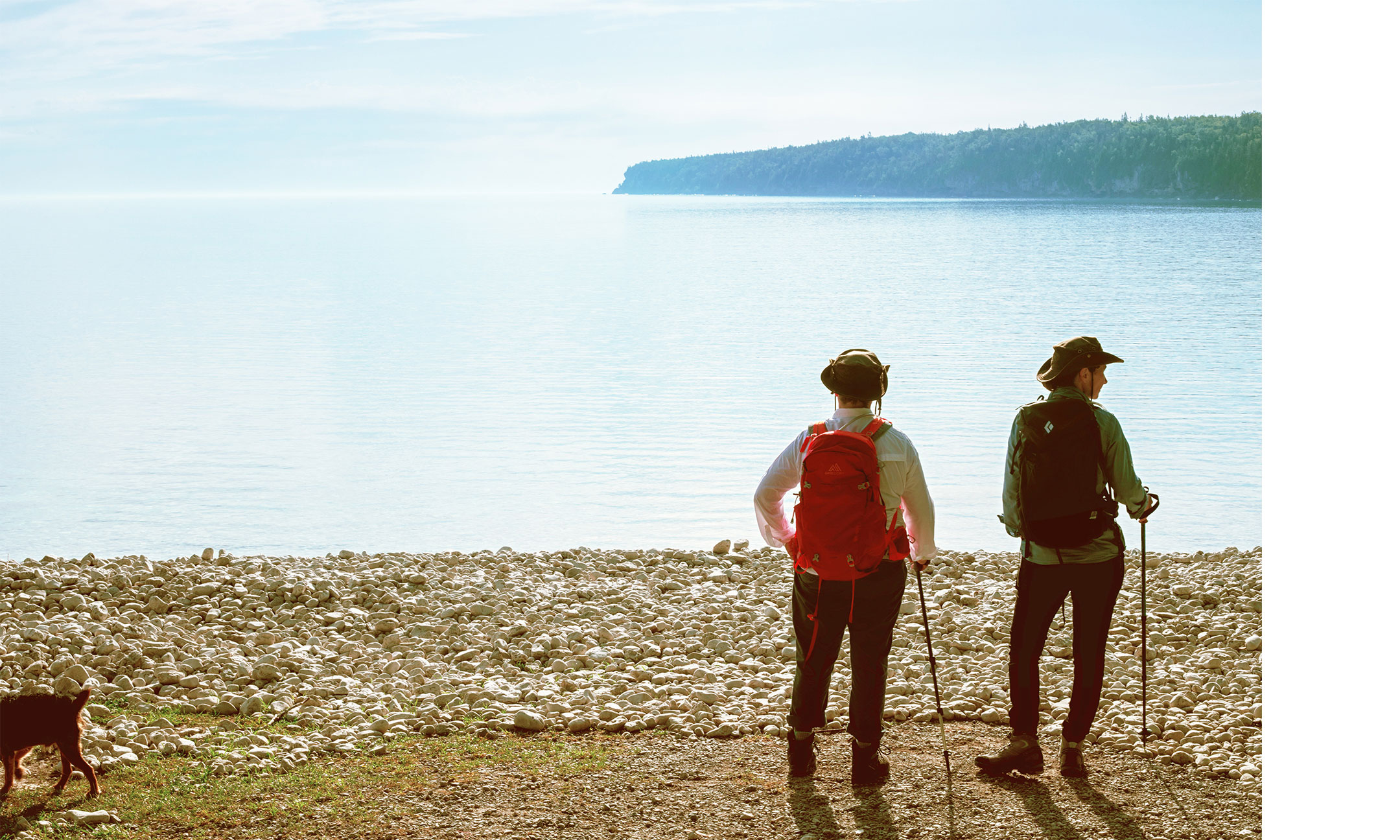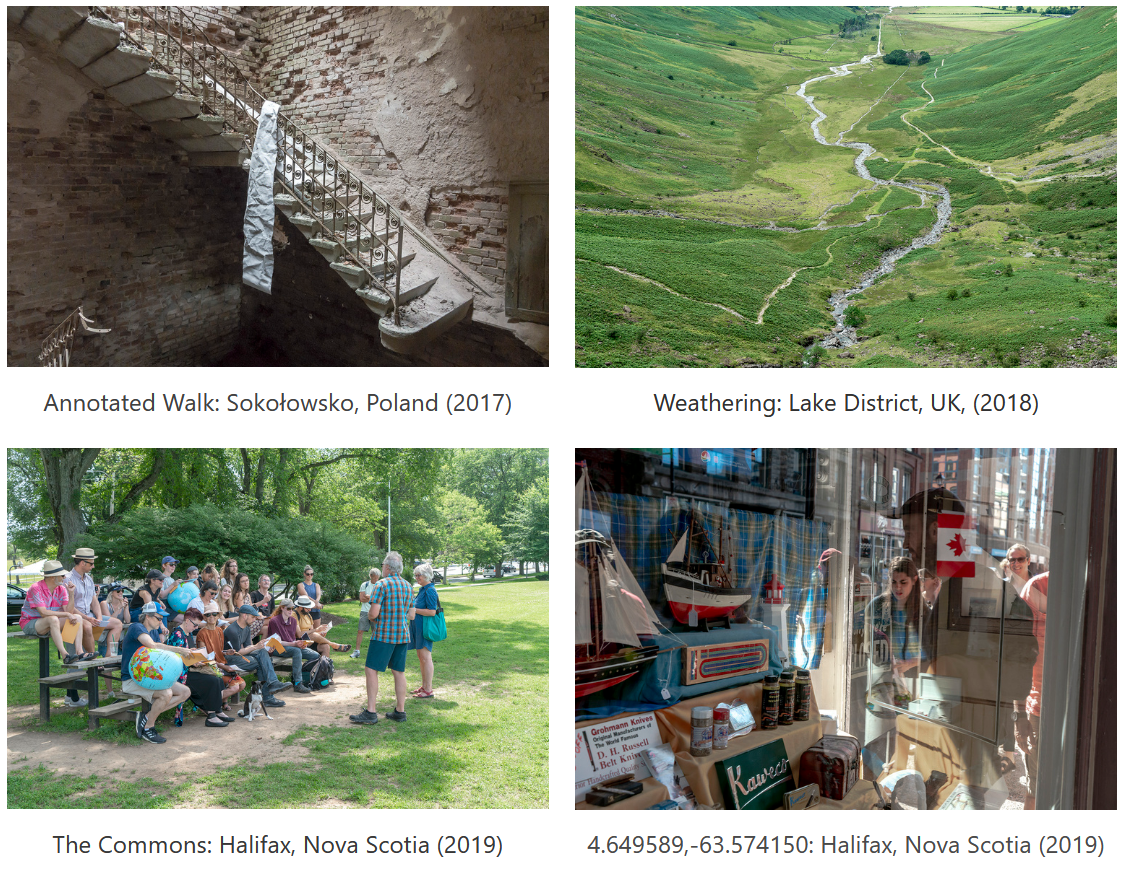
(credit)
“Breathing-in-the-Breathable is an on-going collaborative artwork by Robert Bean and Barbara Lounder. Their project presents walking as experience, public art and pedagogy. To date, the artists have contextualized this artwork in relation to four sites; 1) Breathing-in-the-Breathable: an annotated walk (2017) on the ruins of a tuberculosis sanatorium in the Polish town of Sokołowsko; 2) Breathing-in-the-Breathable: Weathering (2018) based on a number of walks in the Lake District; 3) Breathing-in-the-Breathable: The Commons (2019) in Halifax, Nova Scotia; 4) Being-in-the Breathable: 44.649589,-63.574150 (2019) a public walk and installation based on a visit to Halifax in 1973 by the Japenese Conceptual artist, On Kawara.
This participatory project utilizes event scores, objects, sound, and walking to consider how the atmosphere and environment are made explicit through militarism and the climate crises. Along with the site-specific projects, the concept of “being-in-the-breathable” (Sloterdijk, 2009) provides Bean and Lounder with an adaptive framework for this collaborative artwork. The project engages an understanding of walking as an experiential method which simultaneously disturbs histories, ideologies and habits and also generates new networks of meaning spanning temporal frames, public spaces, disciplinary boundaries, and embodied sensorial modalities (Ingold and Vergunst, 2008).” (credit)

